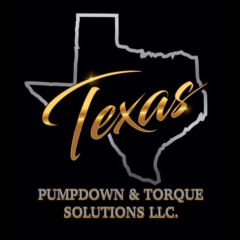Distracted driving endangers not only those behind the wheel, but also their passengers, fellow road occupants, and pedestrians. Drivers using hand-held devices are 4 times more likely to get into crashes serious enough to injure themselves or others. One in 10 fatal crashes involved at least one distracted driver.
Note: The following list was tabulated using data compiled in 2010. Since then, deaths from “texting while driving” have exploded, and are responsible for over 11,000 deaths a year and over 360,000 injuries a year.
Distracted driving is “any activity that takes your eyes off the road, your hands off the wheel, or your mind off your primary task of driving safely“.
10. Smoking-related (includes smoking, lighting up, putting ashes in tray). Shouldn’t be an issue in XPAT company vehicles, as smoking is prohibited.
9. Moving objects. Cell phones, sunglasses, or anything that will take your eyes off the road.
8. Using devices or controls that are integral to the vehicle. Adjusting rear view mirrors, seats, or using a navigation system accounted for 1% of all fatal accidents.
7. Adjusting audio or climate controls. 2% of all fatal accidents.
6. Eating or Drinking. 2% of all fatal accidents are accounted to either eating or drinking.
5. Using or reaching for a device brought into the vehicle. 2% of all fatal accidents are attributed to reaching for a cell phone, hand held navigation unit, etc.
4. Other Occupants, talking with or looking at other people in the vehicle accounted for 5% of all fatal accidents.
3. Outside person, object, or event. It’s difficult to resist temptation to gawk at off-road drama or post-wreck cleanup, but this accounted for 7% of all fatal accidents.
2. Cell Phone Use, (talking, listening, dialing, or texting). This offense accounted for 12% of all fatal accidents.
1. Generally distracted or “lost in thought”. Driving “in a fog” or seemingly on autopilot is, above all, the riskiest driving behavior. Daydreaming accounted for 62% of all fatal accidents.
Conclusion:
Being distracted while driving can get you and others killed. Think about how you drive and are you distracted? Eliminate all distractions while driving to be as safe as you can be while on the road.
Questions:
1. What is the most dangerous distraction while driving?
2. Talking to others in the vehicle accounts for what % of fatal accidents?
